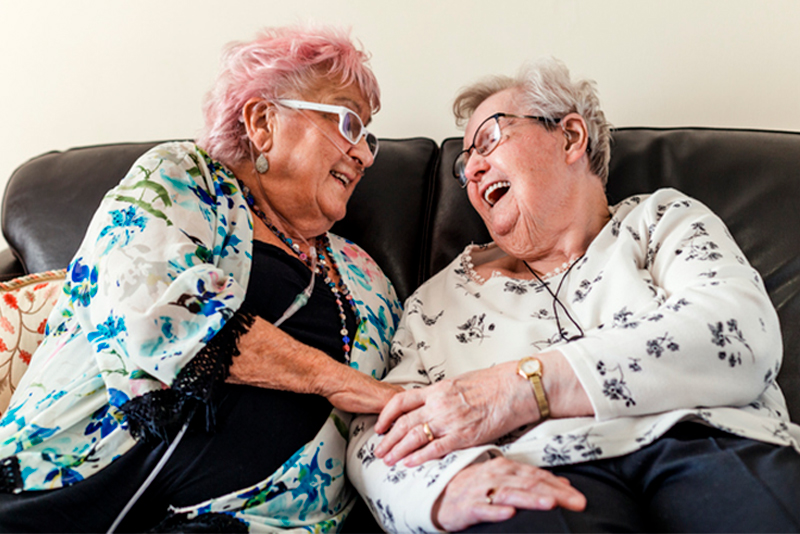
Learn how to cope with COPD flare-ups and what causes them.
We have all been waiting expectantly for March! At long last, the days are becoming longer and now we can begin to feel the promise of springtime in the air. For a person with COPD, there’s extra cause to celebrate the changing of the seasons. Dry, cold air is one of several COPD triggers, and the arrival of warm weather is, literally, a breath of fresh air.
What Are Other COPD Triggers to Look Out For?
If friend or family member struggles with the challenges of COPD, you are all too familiar with the weariness, difficulty breathing, coughing, and wheezing that are part of day-to-day life. Dealing with these symptoms in order to have the best possible quality of life is crucial, and it starts off with learning about the causes and how to cope with COPD flare-ups.
Along with cold weather, to follow are several other triggers that could exacerbate COPD symptoms and ways in which to overcome them.
- Heat and humidity. These are often just as challenging for an individual with COPD to handle as the cold, dry air. A person with COPD should try to stay inside the house with air conditioning through the dog days of summer.
- Air pollution. You may automatically visualize smog and car exhaust fumes when you think about air pollution, but this includes many other irritants as well, such as pollen, dust, pet dander, chemicals in cleaning products or paint, perfume, and mold. An air purifier can help, and the house should also be regularly dusted and vacuumed. Someone aside from the individual with COPD should manage these tasks, however, such as a caregiver from Home With You Senior Care.
- Viruses. Something as innocuous as the common cold could be extremely dangerous for someone managing COPD. The most effective strategies to avoid infection include wearing a face mask, keeping the house clean, avoiding crowded areas, and washing hands frequently.
- Smoking. Smoking is an activity everyone should abstain from, but for an individual with COPD, it’s especially vital to quit or never pick up this habit. It’s important to avoid secondhand smoke, too. In the event that a person with COPD cannot give up smoking, see the doctor for helpful recommendations.
How to Cope With COPD Flare-Ups
While keeping away from these triggers is an excellent starting point to make certain someone with COPD can breathe as comfortably as possible, there are also several breathing exercises which can be helpful, such as:
- Pursed lip breathing. This easy exercise can help people with COPD relax, reduce shortness of breath, and make it easier to breathe. While the mouth is closed, breathe in through the nose to a count of two. Purse the lips, as though blowing out a candle or whistling, and breathe out slowly through the mouth to a count of four. Repeat four to five times each day.
- Deep breathing. Deep breathing helps alleviate shortness of breath by keeping air from becoming caught in the lungs. Stand or sit with the elbows slightly back and chest expanded. Breathe in deeply through the nose and hold for a count of five. Breathe out slowly and deeply through the nose until all air has been released. Repeat three to four times per day.
- Diaphragmatic breathing. Strengthen the muscles of the abdomen and diaphragm by sitting or lying down and relaxing the shoulders. Put one hand on the stomach and the other on the chest. Inhale through the nose for two counts. Focus on moving the stomach more than the chest. Purse the lips and exhale slowly while pushing softly on the stomach. Repeat as able.
If you’d like to learn more about how to cope with COPD flare-ups or to find out about how our trained and experienced in-home senior care professionals can help make life better for somebody you love, get in touch with us any time at 410-756-0959. For a full list of the communities where we provide care, visit our Service Area page.
